India is home to many beautiful mountain ranges. From the mighty Himalayas in the north to the lush Western Ghats in the south, these ranges shape the land and culture. There are over 15 major mountain ranges across the country. Each has its own history, geography, and charm. But do you know which is the oldest mountain range in India? It’s so ancient that it dates back to the time before the Himalayas were even formed. Some parts of it are over 3 billion years old.
It stretches across several states and is rich in minerals and biodiversity. Many rivers begin here, and it’s also home to sacred temples and wildlife. In this article, we’ll take a look at the oldest mountain ranges of India. We’ll explore their age, location, and importance.
List of Oldest Mountain Ranges in India
The Aravalli Range is the oldest mountain range in India. Formed over a billion years ago during the Precambrian era, it stretches across Delhi, Haryana, Rajasthan, and Gujarat. Rich in history, minerals, and biodiversity, it plays a vital role in India’s geography. Here’s the table:
| Rank | Mountain Range | Estimated Age | Notable Peak | Main Location(s) |
| 1 | Aravalli Range | 1.8–3.2 billion years | Guru Shikhar | Rajasthan, Gujarat, Haryana, Delhi |
| 2 | Eastern Ghats | ∼800 million years | Mahendragiri | Odisha, Andhra Pradesh, Tamil Nadu |
| 3 | Vindhya Range | ∼650 million years | Sad-Bhawna Shikhar (Goodwill Peak), also known as Kalumar Peak or Kalumbe | Madhya Pradesh, Uttar Pradesh, Gujarat |
| 4 | Satpura Range | ∼600 million years | Dhupgarh | Madhya Pradesh, Maharashtra, Gujarat |
| 5 | Western Ghats | ∼150 million years | Anamudi | Maharashtra, Kerala, Tamil Nadu, Goa |
| 6 | Mahendragiri Hills | Ancient (Precambrian) | Mahendragiri | Odisha, Andhra Pradesh |
| 7 | Ajanta–Satmala Range | Ancient (Cretaceous) | None prominent | Maharashtra |
| 8 | Chota Nagpur Plateau | Ancient (Precambrian) | Parasnath Hill (or Parasnath) | Jharkhand, Odisha, West Bengal |
| 9 | Girnar Hills | Ancient | Girnar | Gujarat |
| 10 | Nilgiri Hills | Ancient (Jurassic-Cretaceous) | Doddabetta | Tamil Nadu, Kerala, Karnataka |
1. Aravalli Range
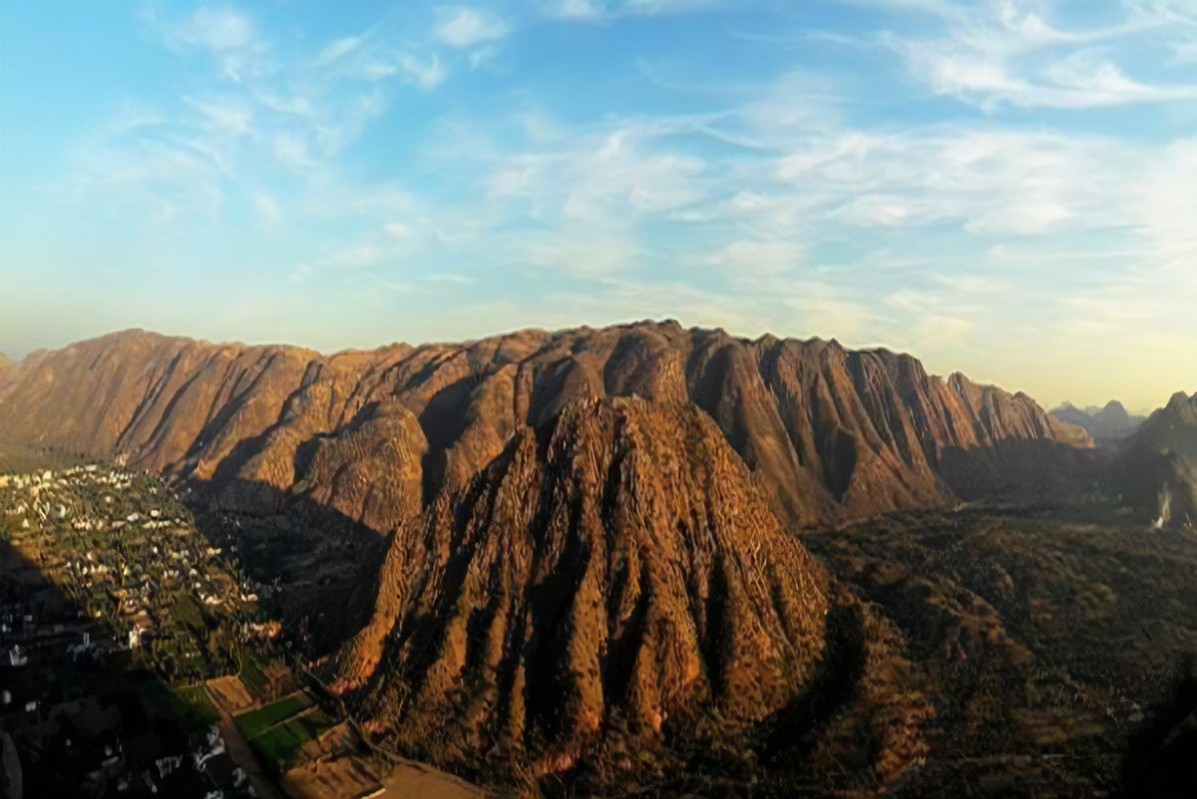
The Aravalli Range is recognised as India’s—and one of the world’s—oldest mountain systems, dating to between 1.8 and 3.2 billion years ago. Stretching across Rajasthan, Haryana, and Gujarat, the range is a highly eroded remnant of ancient fold mountains. Its age surpasses that of most global ranges, including the Himalayas. The Aravallis played a crucial role in shaping the geology and climate of the region, acting as a mineral-rich barrier that helped prevent desertification.
2. Eastern Ghats
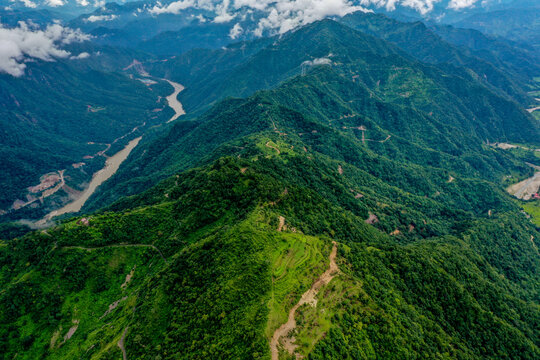
The Eastern Ghats are a discontinuous range of mountains extending along India’s eastern coast, mainly through Odisha, Andhra Pradesh, and Tamil Nadu. Dating back roughly 800 million years, they are older than the Western Ghats and have experienced significant erosion and river action over time. Their geology comprises ancient metamorphic rocks, and the highest peak is Mahendragiri (1,501 metres). The Eastern Ghats host vital forests and are home to diverse wildlife.
3. Vindhya Range
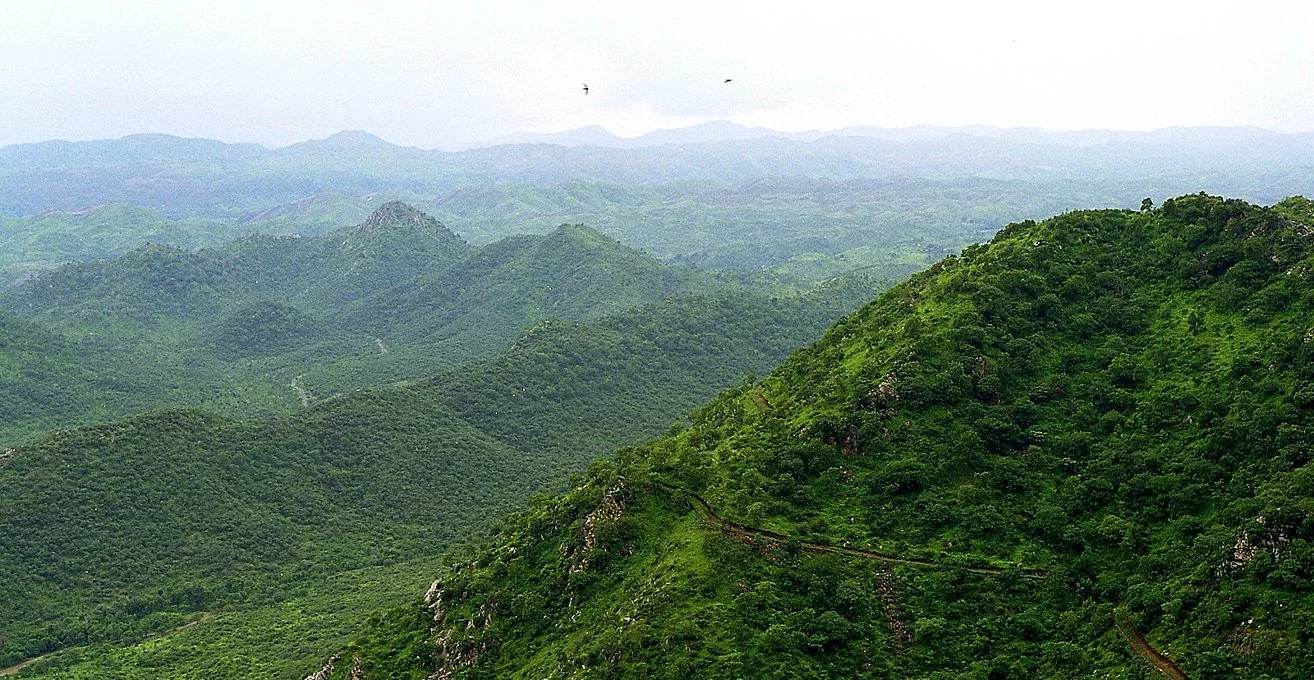
The Vindhya Range runs across central India and is considered one of the country’s ancient block mountains, estimated to be about 650 million years old. It stretches mainly through Madhya Pradesh, eastern Rajasthan, and parts of Uttar Pradesh and Gujarat. Unlike the towering Himalayas, the Vindhya’s peaks are modest, averaging around 300–700 metres. Its geological origins, marked by extensive erosion and tectonic activity, help define the border between northern and southern India.
4. Satpura Range
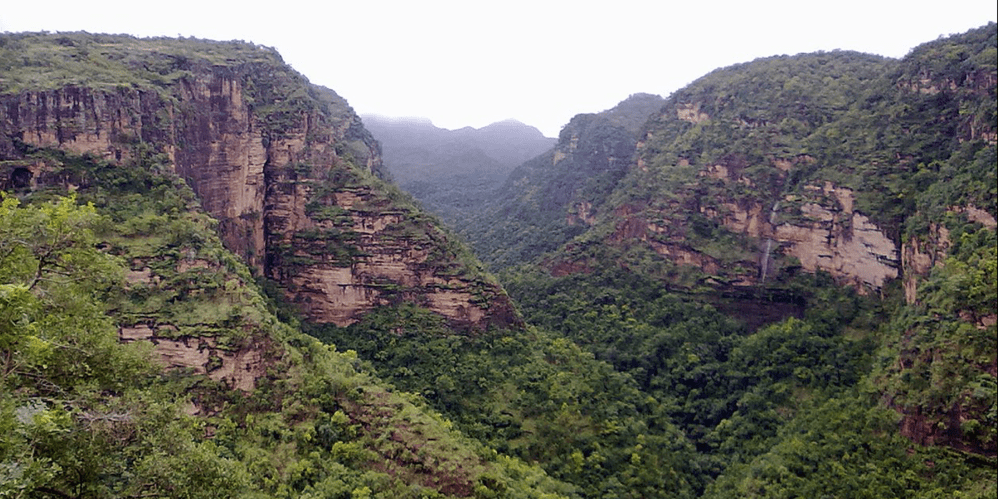
The Satpura Range, parallel to the Vindhya Range and situated south of the Narmada River, is another ancient group of hills and plateaus in central India. Estimated to be around 600 million years old, the Satpuras extend through Madhya Pradesh and Maharashtra. The highest peak in the range is Dhupgarh (1,350 meters). Its complex geological history features ancient volcanic activity, deep valleys, and dense forests, making it a vital hotspot for flora and fauna.
5. Western Ghats
The Western Ghats, also known as the Sahyadri Range, run parallel to India’s western coast from Gujarat to Kerala and Tamil Nadu. They are geologically younger than the Aravallis and Vindhyas, estimated to be about 150 million years old, formed during continental drift. The range supports remarkable biodiversity and is a UNESCO World Heritage site. Their oldest rocks date to the Late Jurassic and early Cretaceous periods. Major peaks include Anamudi (2,695 meters) in Kerala.
6. Mahendragiri Hills
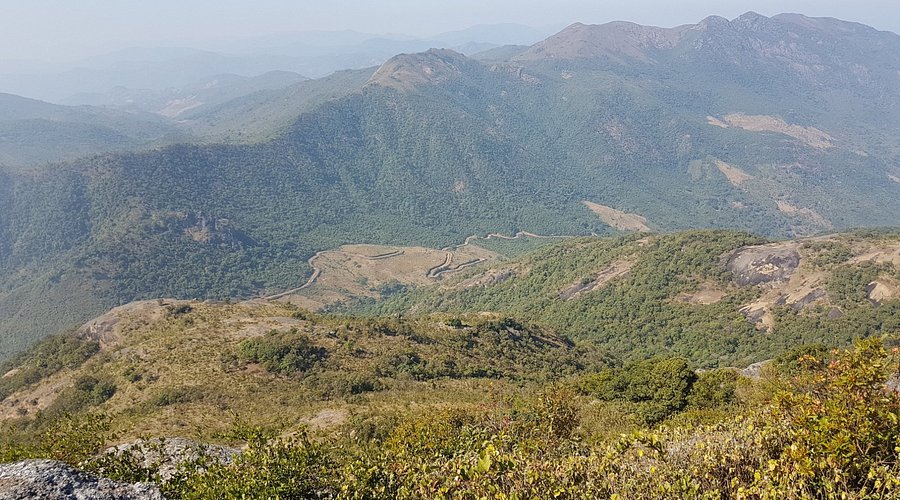
Mahendragiri, located in Odisha and parts of Andhra Pradesh, is renowned for its ancient geological formation. Regarded as a sacred site in Hindu mythology, it contains some of India’s oldest metamorphic rocks, making it a part of the Eastern Ghats. The hills rise to 1,501 metres and form an important watershed for regional rivers. Mahendragiri’s forests host diverse species and medicinal plants, protected within various wildlife sanctuaries.
7. Ajanta–Satmala Range

The Ajanta–Satmala ranges, part of the Deccan Plateau in Maharashtra, are ancient volcanic uplands formed through intensive tectonic and volcanic activity. Their origin dates back to the Cretaceous period or earlier, and they are renowned for housing the famous Ajanta caves, an archaeological treasure. These ranges are characterised by rolling plateaus and modest hillocks. Their age and volcanic parentage have contributed to rich soil fertility.
Which Are The Oldest Mountain Ranges Of India?

The Aravalli Range is widely considered to be the oldest mountain range in India. It is a relict of ancient mountains and is also recognised as one of the oldest fold mountain ranges in the world, with an estimated age of around 670 million years. This range stretches across Rajasthan, Haryana, Gujarat, and Delhi.
Due to millions of years of weathering and erosion, the Aravallis have been worn down considerably and now exist as a discontinuous, heavily denuded range, contrasting sharply with the younger, towering Himalayas. The highest peak in the Aravalli Range is Guru Shikhar in Mount Abu.
What Are The 7 Mountain Ranges In India?
The seven major mountain ranges in India are typically listed as the Himalayas (often subdivided into the Greater, Middle, and Outer/Shivalik ranges), the Karakoram Range, the Aravalli Range, the Vindhya Range, the Satpura Range, the Western Ghats, and the Eastern Ghats.
These ranges exhibit vast geological and topographical diversity, influencing India's climate, rivers, and biodiversity. The northern ranges, like the Himalayas and Karakoram, are young, lofty fold mountains, while the central and peninsular ranges, such as the Aravallis, Vindhyas, and Ghats, are older, more eroded relict or block mountains.
Is Aravali Older Than The Himalayas?
Yes, the Aravalli Range is significantly older than the Himalayas. The Aravallis are an example of old fold mountains, dating back to the Paleoproterozoic era, estimated to be around 670 million years old. They formed during the Aravalli-Delhi Orogeny.
In contrast, the Himalayas are classified as young fold mountains, formed much later in the Tertiary period, stemming from the collision of the Indian and Eurasian tectonic plates beginning about 50 million years ago. Due to their extreme age, the Aravallis are deeply eroded compared to the still-rising, rugged peaks of the Himalayas.
What Are The 3 Oldest Mountain Ranges In The World?
The three oldest mountain ranges in the world based on geological consensus often include the Barberton Mountains (or Makhonjwa Mountains) in South Africa, estimated to be around 3.5 billion years old; the Hamersley Range in Western Australia, dating back to about 3.4 billion years; and the Waterberg Mountains in South Africa, which are approximately 2.8 billion years old.
These ranges are testaments to Earth's earliest geological processes and contain some of the best-preserved ancient rocks and evidence of early life on the planet. Other ranges, like the Magaliesberg Mountains (2.3 billion years), are also frequently listed among the very oldest.
Comments
All Comments (0)
Join the conversation